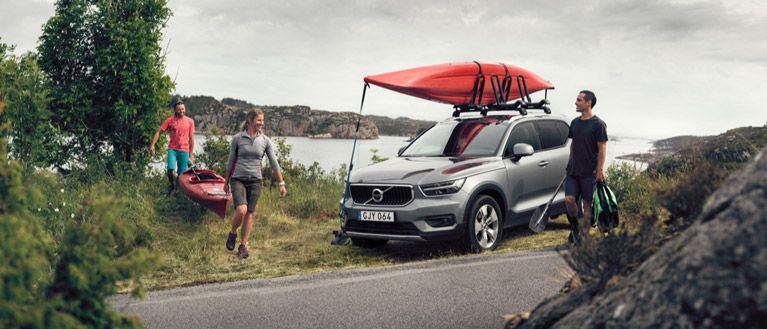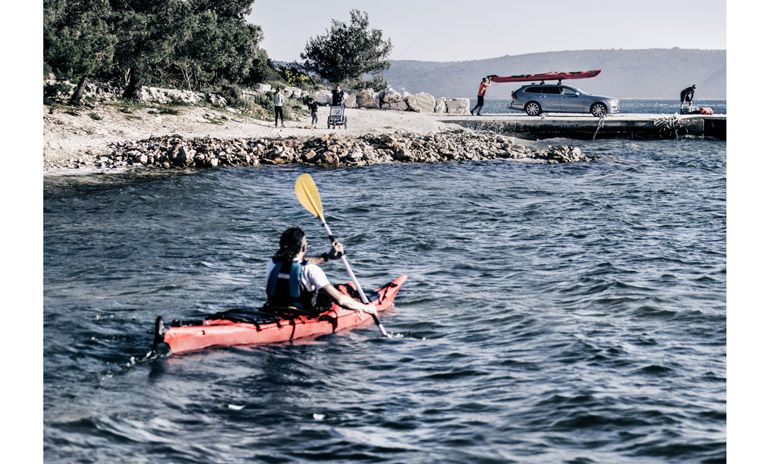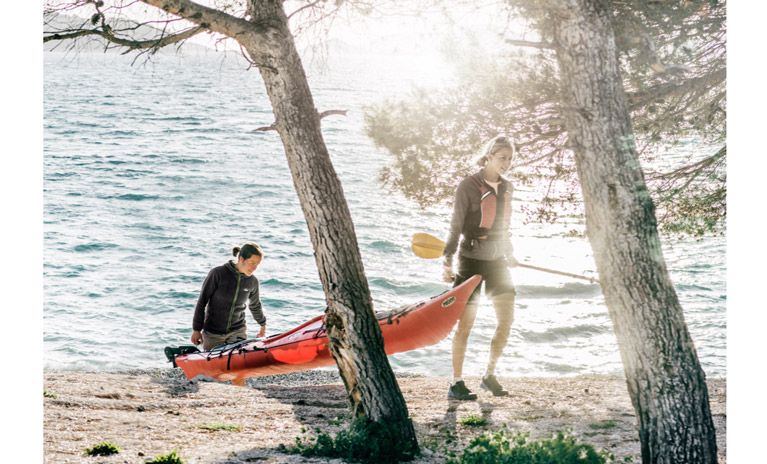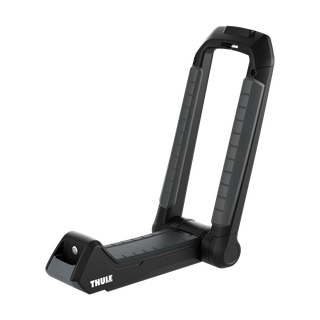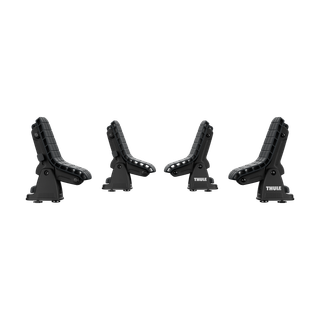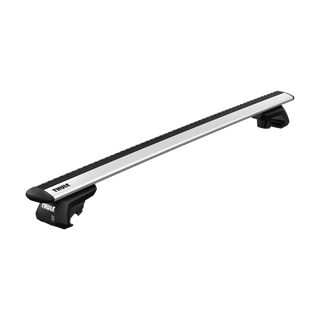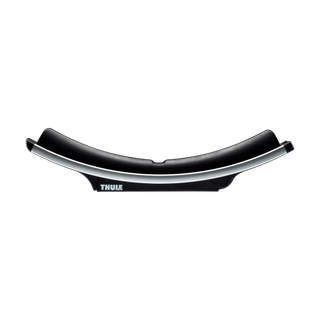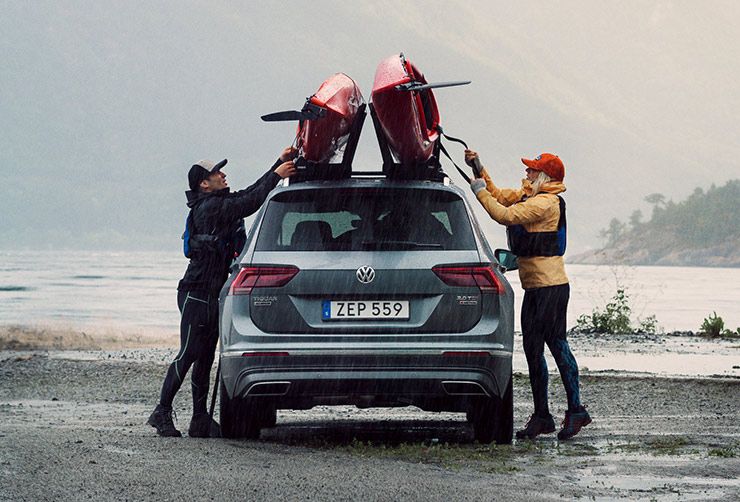Get out on the water with the help of our tips and tricks!
Kayaking is a popular water sport, and when you see the pros effortlessly weaving between obstacles and cutting smoothly through the water, it’s easy to understand why. With the right paddling techniques, you can cover great distances and explore remote parts of rivers and lakes.
If you are kayaking for the first time though, it is good to start slow. Try renting some kayaks to see if you enjoy the sport or maybe try a beginner’s class? Learning the basics will make the sport more enjoyable from the get-go and gives you a better idea if you’re ready to invest.
In this article:
